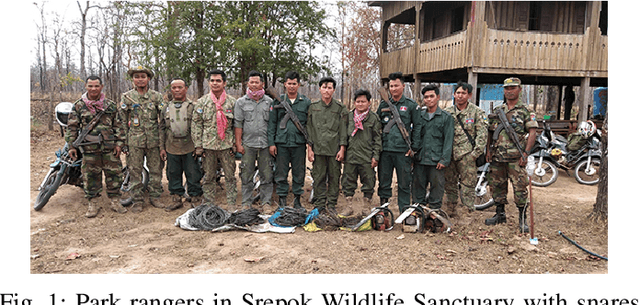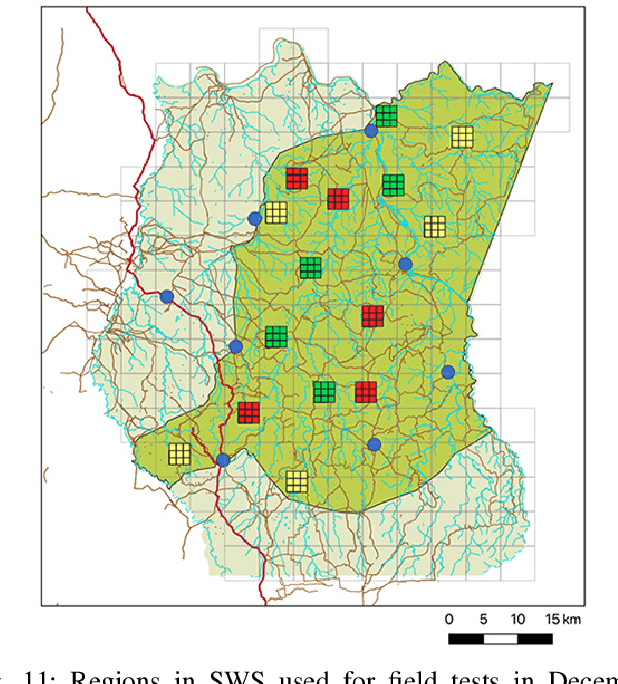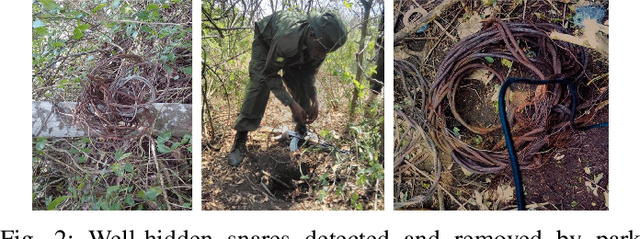Sara Mc Carthy
Gemma 2: Improving Open Language Models at a Practical Size
Aug 02, 2024



Abstract:In this work, we introduce Gemma 2, a new addition to the Gemma family of lightweight, state-of-the-art open models, ranging in scale from 2 billion to 27 billion parameters. In this new version, we apply several known technical modifications to the Transformer architecture, such as interleaving local-global attentions (Beltagy et al., 2020a) and group-query attention (Ainslie et al., 2023). We also train the 2B and 9B models with knowledge distillation (Hinton et al., 2015) instead of next token prediction. The resulting models deliver the best performance for their size, and even offer competitive alternatives to models that are 2-3 times bigger. We release all our models to the community.
Stay Ahead of Poachers: Illegal Wildlife Poaching Prediction and Patrol Planning Under Uncertainty with Field Test Evaluations
Mar 08, 2019



Abstract:Illegal wildlife poaching threatens ecosystems and drives endangered species toward extinction. However, efforts for wildlife monitoring and protection in conservation areas are constrained by the limited resources of law enforcement agencies. To aid in wildlife protection, PAWS is an ML pipeline that has been developed as an end-to-end, data-driven approach to combat illegal poaching. PAWS assists park managers by identifying areas at high risk of poaching throughout protected areas based on real-world data and generating optimal patrol routes for deployment in the field. In this paper, we address significant challenges including extreme class imbalance (up to 1:200), bias, and uncertainty in wildlife poaching data to enhance PAWS and apply its methodology to several national parks with diverse characteristics. (i) We use Gaussian processes to quantify predictive uncertainty, which we exploit to increase the robustness of our prescribed patrols. We evaluate our approach on real-world historic poaching data from Murchison Falls and Queen Elizabeth National Parks in Uganda and, for the first time, Srepok Wildlife Sanctuary in Cambodia. (ii) We present the results of large-scale field tests conducted in Murchison Falls and Srepok Wildlife Sanctuary which confirm that the predictive power of PAWS extends promisingly to multiple parks. This paper is part of an effort to expand PAWS to 600 parks around the world through integration with SMART conservation software.
 Add to Chrome
Add to Chrome Add to Firefox
Add to Firefox Add to Edge
Add to Edge